EDUCATION
College Should Be More Like Prison
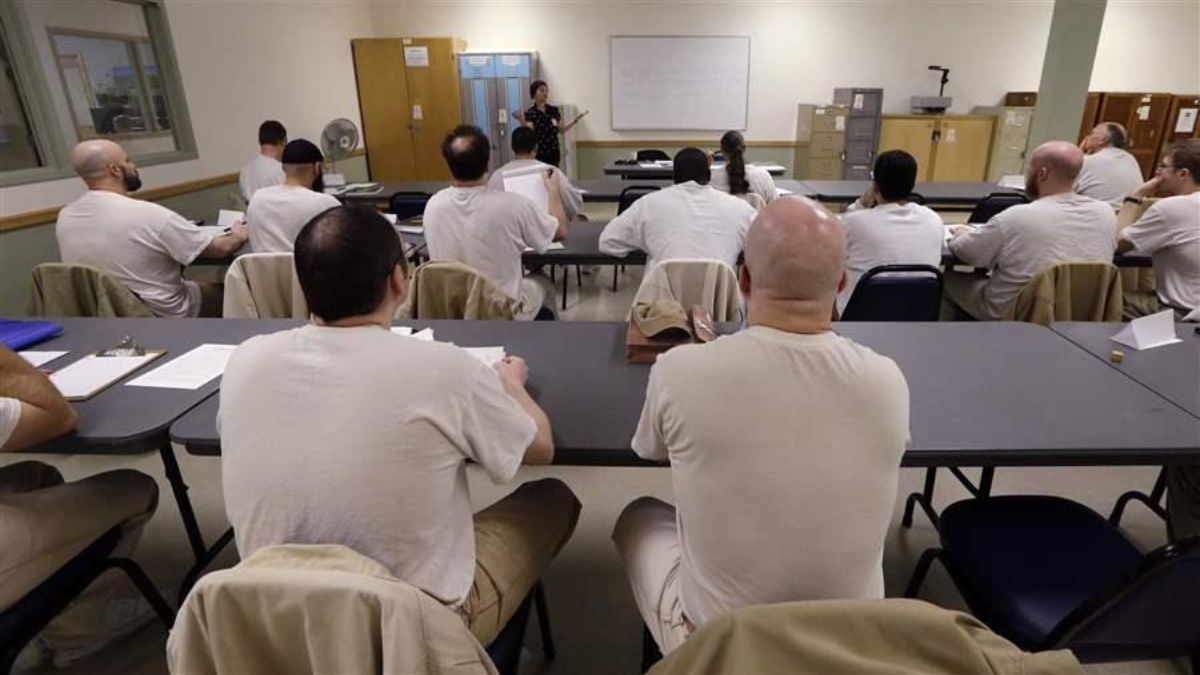
Education and prison — two seemingly different notions. However, there have been arguments and conversations about the contentious idea that “college should be more like prison” in scholarly circles. We’ll examine the dynamics, goals, and structures of both organizations as we explore the nuances of this intriguing concept in this piece.
1. Introduction
In society, prisons and schools have different functions. The other is more concerned with confinement and rehabilitation, whereas the former seeks to promote intellectual and personal growth. The concept that jail life should be reflected in college defies accepted wisdom and compels reexamination of the core tenets of education.
2. Purpose of Education
The conventional view of education is that it helps people become knowledgeable, develop their critical thinking abilities, and get ready for the problems of the real world. Students explore a variety of courses and engage in self-discovery in colleges, which are frequently seen as places for intellectual and personal growth.
3. Structure and Discipline
Penal facilities are renowned for their stringent policies and procedures, which offer a regulated setting. In comparison, college students frequently manage their schedules on their own, giving the impression that the institution lacks discipline. It begs the question: in an effort to improve the educational process, should universities impose more strict structures?
4. Uniformity in Dress Code
In jail, clothing regulations are used to ensure conformity, removing any discernible differences between convicts. Students are free to express themselves on college campuses because of the celebration of variety in clothing. Is it a good idea to implement a uniform clothing code at universities in order to promote equality?
5. Strict Schedule vs. Flexibility
The activities of convicts are governed by the strict timetables that prisons follow. Colleges, on the other hand, provide flexibility, letting students select their courses and schedule their time. Is there a halfway ground where you have the freedom of a college schedule and the organization of a jail schedule?
6. Authority Figures
Prison guards have the same purpose as college professors: to uphold law and order. Authority figures and people, however, have quite different connections. How can academic institutions reconcile the need for discipline with the development of healthy relationships?
7. Social Dynamics
Because of solitary confinement and common experiences, prisons display distinct social dynamics. Academic goals, extracurricular activities, and personal interests all have an impact on the variety of social interactions that occur on college campuses. Can universities use social dynamics seen in prisons to build a stronger sense of community?
8. Restricted Access to Resources
There are fewer educational chances in jail due to restricted access to resources. On the other hand, universities have a wealth of resources available to support education. How can educational institutions ensure ethical resource usage while maintaining accessibility?
9. Personal Responsibility
Inmates must take personal accountability and responsibility for their actions. Colleges, on the other hand, place a strong emphasis on autonomy and independent study. How can universities foster accountability without undermining personal development?
10. Rehabilitation vs. Education
Prisons prioritize rehabilitation in order to help inmates reintegrate into society. Education as a life-changing experience is a top priority for colleges. Can educational institutions incorporate rehabilitative ideas to better prepare students for life after college?
11. Impact on Mental Health
Mental health may suffer from a life behind bars. College students’ mental health may also be impacted by the demands of their academic lives. What supportive settings can institutions build and how can they handle mental health challenges?
12. Real-world Preparedness
Some who oppose prison life contend that it may not fully prepare inmates for the challenges of society outside of jail. Conversely, universities aim to provide students with relevant information and skills. How can universities emphasize practical readiness while maintaining academic integrity?
13. Alternatives to “Prison-Like” College
Are there any other ways to teach students responsibility and discipline if the concept of a “prison-like” college is too radical? Finding innovative ideas can result in a well-rounded learning environment.
14. Conclusion
To wrap off our discussion of the contentious notion that “college should be more like prison,” it’s important to acknowledge the complexity of both establishments. Parallels may appear controversial, but developing well-rounded people requires a balanced educational strategy that incorporates discipline and personal development.
15. FAQs
1. Is the suggestion that “college should be more like prison” meant to be taken literally?
No, the idea is only a metaphor to start a conversation about structure and discipline in schools.
2 . How can colleges balance structure and flexibility in their academic programs?
In order to help students properly manage their time, mentoring, well-defined guidelines, and intelligent scheduling are all necessary components of striking a balance.
3. Are there examples of colleges implementing unique approaches to instill discipline without resorting to a “prison-like” structure?
Yes, some universities employ cutting edge techniques to promote discipline, such project-based learning, mentorship programs, and community involvement.
4. What role does personal responsibility play in the college experience?
In order to promote independence and prepare students for the difficulties that lie ahead of them once they graduate from college, personal responsibility is essential.
5. How can colleges address mental health challenges among students?
Colleges may successfully handle mental health issues by establishing extensive mental health programs, providing counseling services, and fostering a supportive environment.
EDUCATION
Scohol: Navigating the Complex Landscape
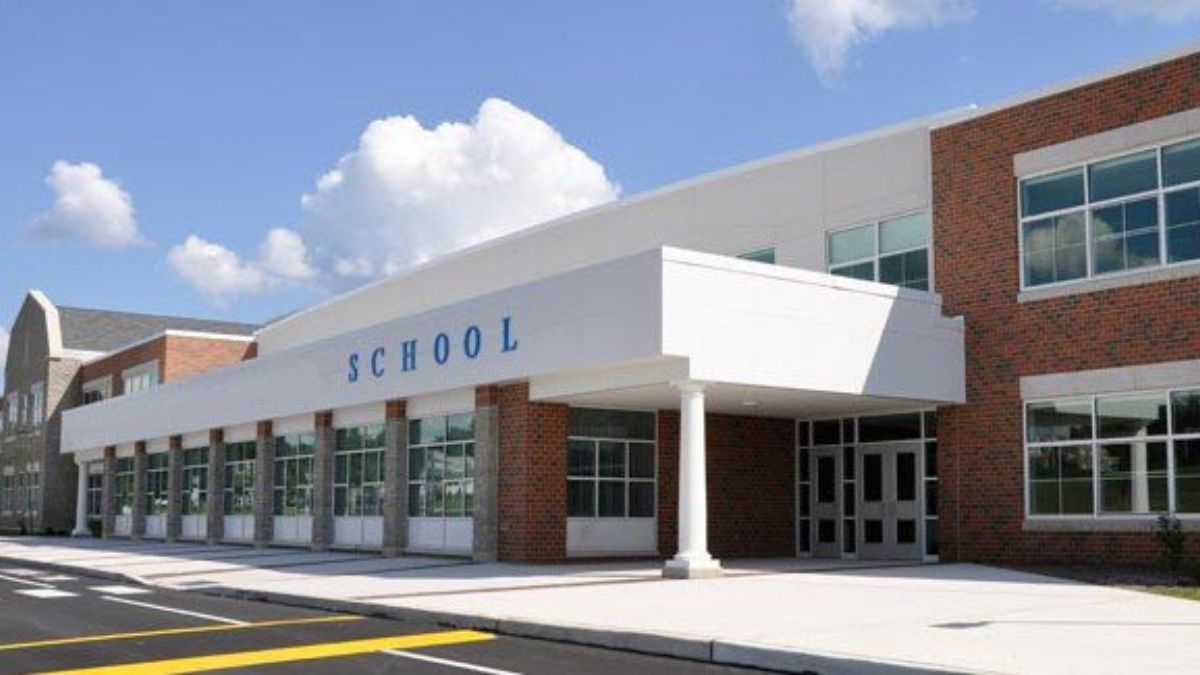
The term “scohol” has acquired significance in the fields of education and society dynamics, representing a dynamic and ever-changing environment that influences our lives in a multitude of ways. Navigating the possibilities and problems presented by Sco hol requires an understanding of its complex nature.
1. The Evolution of Scohol
With its historical origins profoundly ingrained, Scohol has experienced substantial changes throughout time. The development of Sco hol from conventional educational systems to contemporary methods mirrors larger shifts in technology and society.
2. Impact on Education
Globally, Sco hol has a significant influence on how educational systems are designed. Although it fosters innovation and advancement, it also presents difficulties that academic institutions must overcome to maintain productive learning environments.
3. Scohol and Society
Sco hol affects societal institutions and cultural norms outside of the classroom. Examining its influence on social dynamics gives insights into the manner in which individuals connect and build communities.
4. Perplexity of Scohol
Scohol’s complex and sometimes imprecise definitions contribute to its confusing character. Various viewpoints add to the complexity, therefore in order to get a thorough knowledge, one must go into the details.
5. Burstiness in Scohol Trends
Burstiness, characterized by abrupt and erratic shifts, is seen in sco hol trends. In order to stay ahead of the curve in a constantly changing environment, navigating these trends calls for flexibility and initiative.
6. Scohol in the Digital Age
With the advent of the internet and other technical breakthroughs, scohol has taken on new dimensions in the digital age. Recognizing the effects of these adjustments is crucial for both people and organizations.
7. Navigating Scohol Dynamics
Tactics for managing sco hol dynamics entail taking advantage of chances and confronting obstacles. In this sense, proactive methods of education, community involvement, and personal growth are essential.
8. Case Studies on Scohol
Analyzing real-world instances provide insightful information on the effects of scohol. Case studies provide insights and demonstrate effective approaches to resolving issues related to this intricate idea.
9. Scohol and Business
Business plans are not exempt from the effects of alcohol. Remaining relevant in a changing and linked world requires integrating sco hol awareness into organizational and marketing strategies.
10. Ethical Considerations in Scohol
A vital component of managing alcoholism is striking a balance between ideals and interests. Examining ethical issues aids in resolving conflicts and maintaining values that support a fair and just society.
11. The Future of Scohol
Scohol’s future may be predicted by looking at new trends and possible changes in society. Being aware of impending changes enables proactive adaptation to the changing environment.
12. Engaging the Reader: Personal Experiences
Let’s examine individual sco hol-related experiences and tales to humanize the subject. Gaining insight into how people deal with alcohol in their daily lives gives the larger story a more personal touch.
13. Scohol and Personal Growth
Beyond its effects on society and education, alcoholism has a positive impact on personal development. Developing a balanced viewpoint on alcohol aids in personal growth and promotes a more complex comprehension of reality.
14. Conclusion
In conclusion, a comprehensive strategy is needed to successfully navigate the intricate terrain of Scohol. Fostering a well-rounded viewpoint requires addressing ethical issues, comprehending its evolution, and analyzing its effects on society and education. Anticipating the future, we must be flexible and receptive to the changes that Sco hol brings about.
15. FAQs
1. What is the origin of the term “scohol”?
The word has a long history and has taken on many different meanings and interpretations over time.
2. How does sco hol impact business strategies?
Sco hol impacts marketing and organizational tactics, pushing organizations to adapt to shifting trends.
3. Are there ethical considerations associated with scohol?
Yes, striking a balance between interests and ideals is essential; doing so presents moral conundrums that require serious consideration.
4. What role does technology play in the digital age of scohol?
The proportions of sco hol in the current period are considerably shaped by technology, notably online platforms.
EDUCATION
Semantic Error Chapter: Navigating the Complexities of Programming
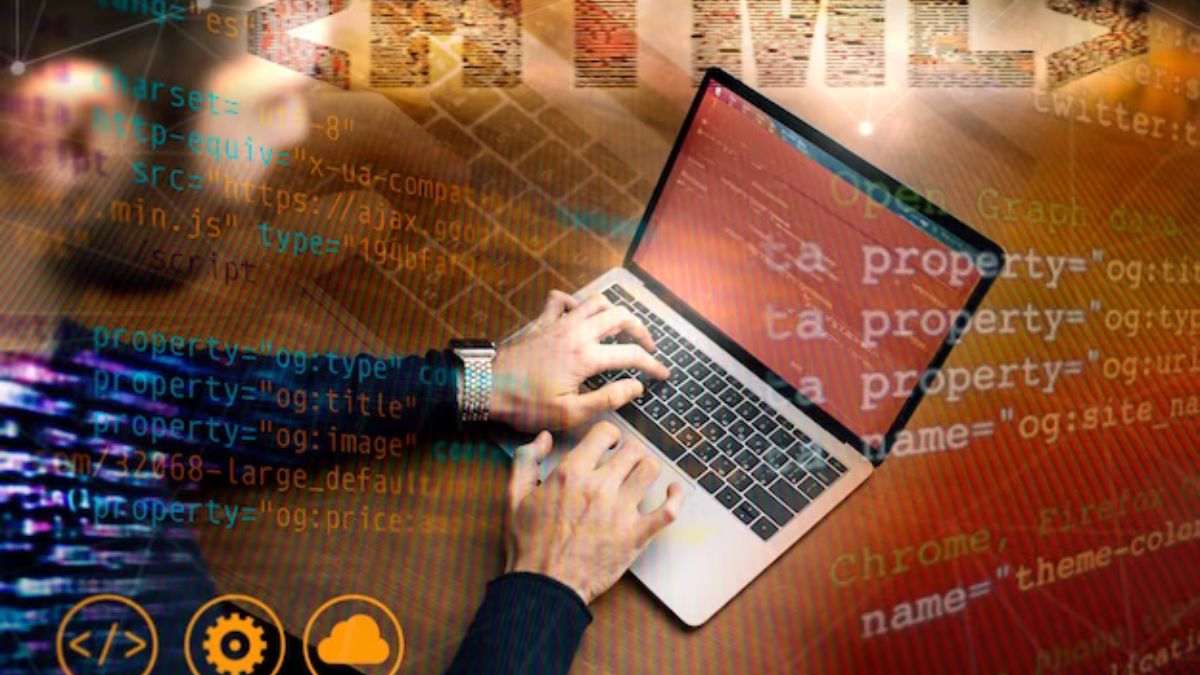
Semantic Error Chapter: Despite its inherent allure, programming is not without its challenges. Dealing with semantic mistakes is a common difficulty for developers. This article will take a deep dive into the topic of semantic mistakes, discussing its many forms, effects, ways to identify and avoid them, and providing examples from the actual world. Put on your safety belts because we’re going on an adventure into the cosmos of programming semantic mistakes.
1. Common Types of Semantic Errors
Various shapes can be taken by semantic mistakes. One common kind is when variables are misused. Incorrect usage of variables can cause programs to act in unexpected ways. Semantic problems sometimes result from undefined variables and improper data type use.
2. Impact of Semantic Errors
Semantic mistakes can have far-reaching consequences. Compilation problems, which prevent programs from running smoothly, are a common consequence. Errors might happen during runtime, leading to unexpected crashes or unwanted results. In addition, logical defects in the program might be introduced by semantic faults, which makes it difficult to detect and fix problems.
3. Detecting and Debugging Semantic Errors
A good eye and the correct tools are necessary for finding and fixing semantic mistakes. When it comes to finding and correcting bugs during development, debugging tools are crucial. The likelihood of discovering semantic mistakes before they cause havoc is increased when code review methodologies are used in conjunction with comprehensive testing.
4. Preventing Semantic Errors
A pound of cure is worth more than an ounce of prevention. An active strategy for avoiding semantic mistakes includes coding standards, thorough documentation methods, and continuous programming training. Developers can reduce the chances of facing semantic difficulties by implementing strong coding principles.
5. Real-world Examples
Look at some instances from the real world to see how semantic mistakes play out. Addressing semantic mistakes is crucial to ensuring the dependability and stability of systems, as demonstrated by both major software failures and smaller bugs.
6. Semantic Errors vs. Syntax Errors
Differentiating between syntax mistakes and semantic errors is vital. The differences between syntax errors and Semantic Error Chapter lie in the fact that the former violate the rules of the programming language and the latter contain logical problems that might not be immediately obvious. Effective debugging requires knowledge of the difference.
7. Evolution of Semantic Error Solutions
Solutions for semantic issues are always evolving with technology. To reduce the likelihood of semantic mistakes, programming languages have included tools and features to help with this. Also, developers now have access to more advanced error detection tools and technologies, which allows them to write cleaner code.
8. Semantic Errors in Specific Programming Languages
The specific difficulties of dealing with Semantic Error Chapter in various programming languages are not universal. We’ll take a look at typical semantic mistakes in languages like C++, Python, and Java, and offer advice on how to debug effectively in each case.
9. Case Studies
It is priceless to learn from the experiences of others. Here we will look at several well-known examples of semantic mistakes in programming, draw lessons from them, and stress the need for careful testing and code review.
10. Future Trends in Semantic Error Prevention
The field of semantic mistake avoidance is poised for exciting future advancements. Machine learning and artificial intelligence are being used to better detect and fix semantic mistakes. The debugging process is also being made easier by the ever-improving automated code review technologies.
11. The Role of Education in Reducing Semantic Errors
Eliminating semantic mistakes is an important part of education. Developers may learn to produce code that is more readable, less prone to errors, and more efficient through formal coding education and practical experience. For the sake of producing competent programmers in the future, it is crucial that programming courses include mistake avoidance.
12. Industry Impact of Semantic Errors
When developers make semantic mistakes, it affects more than just them; it affects entire sectors. We will examine the ways in which semantic mistakes may affect organizations in different industries, highlighting the need of taking careful steps to avoid them. These errors can lead to financial losses or compromised security.
13. Conclusion
All things considered, it is critical for software developers to be able to recognize and fix semantic problems. The developers can make better, more dependable programs if they know the kinds, the effects, and how to avoid them. In order to ensure that semantic mistakes are avoided in the future, proactive actions such as ongoing education and adopting new technology are crucial.
14. FAQs
1. What are the most common semantic errors in programming?
Undefined variables, improper data type use, and misuse of variables are common examples of programming semantic mistakes. Unanticipated software actions and logical defects might result from these mistakes.
2. Can semantic errors be completely eliminated?
Semantic mistakes are difficult to entirely eradicate, although they may be greatly reduced with proactive efforts like coding standards, documenting procedures, and comprehensive testing.
3. How do semantic errors impact software development timelines?
Because they lead to unforeseen problems that necessitate time-consuming debugging and troubleshooting, semantic mistakes can lengthen software development schedules.
4. Are there tools specifically designed for detecting semantic errors?
Various technologies and techniques, such as automated code review systems and sophisticated debugging tools, are available for the express purpose of finding semantic mistakes.
5. What are the consequences of ignoring semantic errors in code?
Unreliable and unstable software, which can cause interruptions, financial losses, and security vulnerabilities, might be the result of ignoring semantic flaws in code.
EDUCATION
Unraveling the Mystery of pi123

An internationally recognized number, pi is the mathematical constant that represents the ratio of a circle’s circumference to its diameter. On the other hand, pi123 is a strange and obscure sibling that lives in the mathematical realm. Unveiling the mysteries surrounding this unique mathematical object, we set out on an adventure to discover the origins, importance, and uses of pi 123 in this article.
1. Introduction
The mysterious pi variation Pi123 has piqued the interest of mathematicians and math buffs. Pi 123 adds a new degree of complexity to the already complicated transcendental number pi, which has infinite, non-repeating digits.
2. Origins of pi123
Investigating the background of pi123 shows intriguing ties to old mathematical traditions. The history of pi 123 is different from that of its predecessor, which has consequences for our general knowledge of mathematical constants.
3. Breaking Down the Digits
The peculiar pattern that the numbers pi123 form fascinates mathematicians. The structure and possible uses of pi 123 in numerical sequences can be better understood by looking at these numbers.
4. Applications in Science and Technology
Pi123 has real-world uses in science and technology, so it’s more than simply a mathematical curiosity. Pi 123 is an essential component in many areas, including algorithm creation and sophisticated computations.
5. Challenges and Controversies
The scientific world has debated and controversial pi123, as they do with every unorthodox mathematical topic. Pi 123 is even more mysterious since people have different views on its importance and relevance.
6. How pi123 Compares to Traditional pi
There are several parallels and some differences between the regular pi and pi123 when compared side by side. If you want to know what pi 123 means in different mathematical situations, you have to know these subtleties.
7. Real-world Examples
Discovering real-world applications of pi123 shows that it is useful for more than just mathematical problems. The contributions of pi 123 to real-world problem-solving span engineering and cryptography.
8. Exploring the Curiosity
The mathematical features of pi123 are not the only thing that make it appealing. The interest in this obscure mathematical constant has sparked lively debates and online groups.
9. Theoretical Ramifications
Theoretical concerns around pi 123 have sparked speculation in several fields, including computer science and physics. Potential theoretical uses for pi 123 include pointing to previously unknown relationships.
10. Burstiness of pi123
A detailed investigation of pi123’s behavior is necessary to comprehend burstiness in this setting. The burstiness phenomena and its possible effects on computational and mathematical models are explored in this section.
11. Perplexity Surrounding pi123
In order to shed light on this mathematical constant, it is essential to resolve the confusion regarding pi123. We can have a better grasp of pi 123 and its importance if we set the record straight and give some background.
12. Future Prospects
How will pi123 evolve in the years to come? Here we make some educated guesses on where we may see pi 123 going from here in terms of study, future advances, and its place in mathematics.
13. Public Perception
You can learn a lot about pi123’s popularity and level of awareness by looking at how the public views it. Solving the riddle will include thinking about how this mathematical occurrence affects society as a whole and how interested people are in it.
14. Pi123 in Pop Culture
Pi123 has had an impression on popular culture through cinematic references and literary allusions. The larger story of pi 123 becomes more intriguing when we delve into these cultural links.
15. Conclusion
Finally, pi123 is an interesting mathematical object that provides a new angle on constants. Pi 123 is still a mystery to many, including mathematicians, scientists, and casual fans, who are curious about its history and its practical uses.
16. FAQs
1. What makes pi123 different from traditional pi?
Unlike conventional pi, which uses an endless series of non-repeating decimals, Pi 123 uses a different set of digits.
2. How is pi 123 applied in real-world scenarios?
Pi 123 is useful in several domains, including as algorithmic development, cryptography, and engineering.
3. Why is there controversy surrounding pi123?
The scientific world is divided on the importance and relevance of pi 123, with differing perspectives fueling heated disputes.
4. Can pi 123 be used in theoretical physics?
Rumors have it that pi 123 might have some uses in theoretical physics, which could lead to some hitherto unknown relationships.
5. How has pi123 influenced popular culture?
References to Pi 123 may be found in several forms of popular culture, including cinema, literature, and more.
-

 NEWS6 months ago
NEWS6 months agoDystopian 1993 Novel NYT: Navigating a Dark Literary Landscape
-

 TECHNOLOGY5 months ago
TECHNOLOGY5 months agoFacebook Login Page: A Gateway to Social Connectivity
-
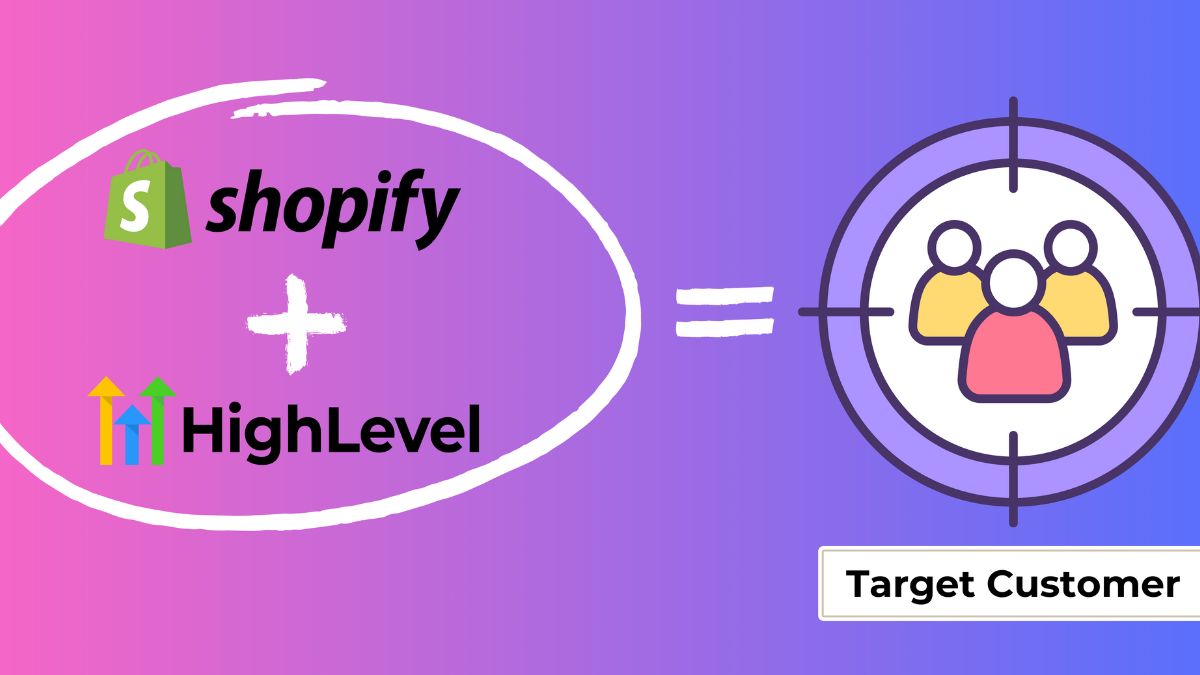
 BUSINESS6 months ago
BUSINESS6 months agoConnect Shopify Forms to HighLevel: Streamlining Your Business Processes
-

 HOME5 months ago
HOME5 months agoCraigslist Tampa: Navigating the Online Marketplace
-

 CELEBRITY8 months ago
CELEBRITY8 months agoMyrtle Gonzalez: A Trailblazer in Early Cinema
-

 HOME5 months ago
HOME5 months agoThe Clear Advantage: Unpacking the Benefits of Clear Backpack
-
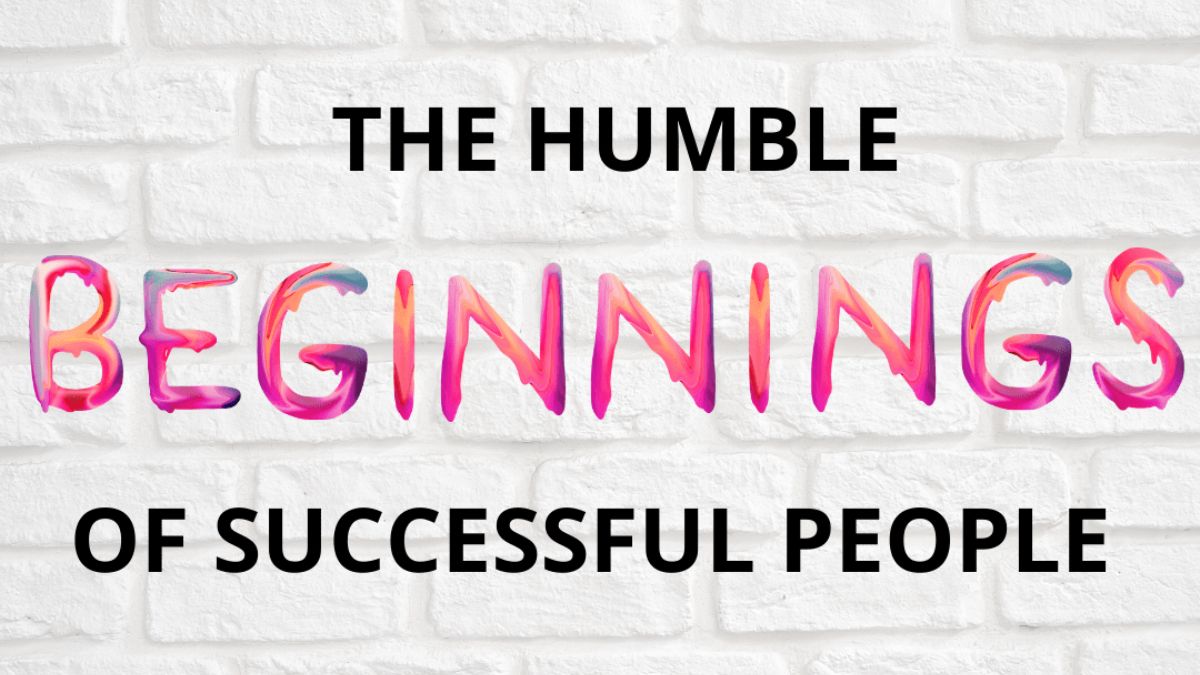
 EDUCATION9 months ago
EDUCATION9 months agoHumble Beginners: Navigating the Path to Success
-

 HOME5 months ago
HOME5 months agoSnow Storm: Navigating the Whirlwind
